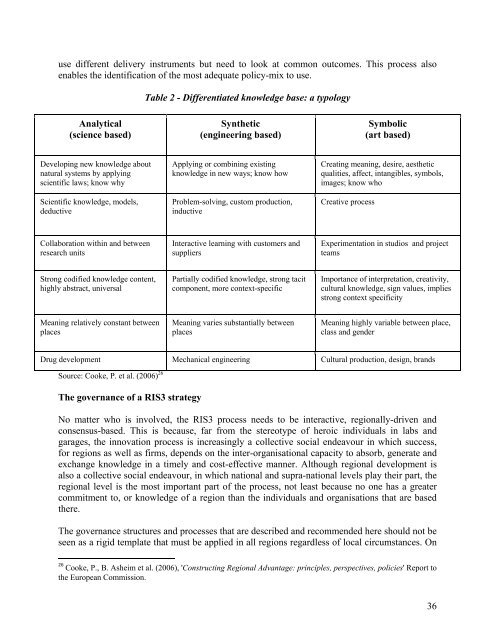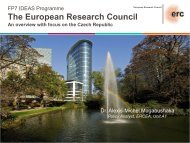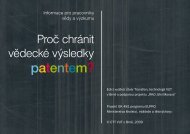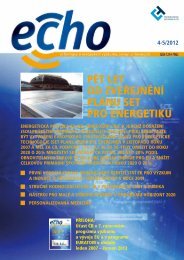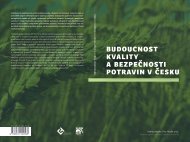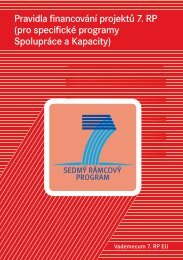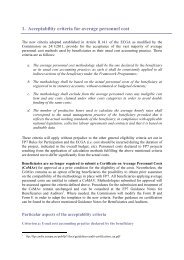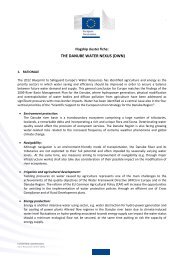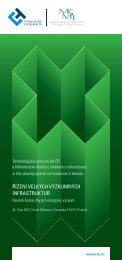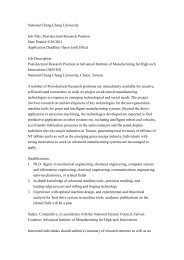Guide to Research and Innovation Strategies for Smart Specialisation
Guide to Research and Innovation Strategies for Smart Specialisation
Guide to Research and Innovation Strategies for Smart Specialisation
You also want an ePaper? Increase the reach of your titles
YUMPU automatically turns print PDFs into web optimized ePapers that Google loves.
use different delivery instruments but need <strong>to</strong> look at common outcomes. This process also<br />
enables the identification of the most adequate policy-mix <strong>to</strong> use.<br />
Analytical<br />
(science based)<br />
Developing new knowledge about<br />
natural systems by applying<br />
scientific laws; know why<br />
Scientific knowledge, models,<br />
deductive<br />
Collaboration within <strong>and</strong> between<br />
research units<br />
Strong codified knowledge content,<br />
highly abstract, universal<br />
Meaning relatively constant between<br />
places<br />
Table 2 - Differentiated knowledge base: a typology<br />
Synthetic<br />
(engineering based)<br />
Applying or combining existing<br />
knowledge in new ways; know how<br />
Problem-solving, cus<strong>to</strong>m production,<br />
inductive<br />
Interactive learning with cus<strong>to</strong>mers <strong>and</strong><br />
suppliers<br />
Partially codified knowledge, strong tacit<br />
component, more context-specific<br />
Meaning varies substantially between<br />
places<br />
Symbolic<br />
(art based)<br />
Creating meaning, desire, aesthetic<br />
qualities, affect, intangibles, symbols,<br />
images; know who<br />
Creative process<br />
Experimentation in studios <strong>and</strong> project<br />
teams<br />
Importance of interpretation, creativity,<br />
cultural knowledge, sign values, implies<br />
strong context specificity<br />
Meaning highly variable between place,<br />
class <strong>and</strong> gender<br />
Drug development Mechanical engineering Cultural production, design, br<strong>and</strong>s<br />
Source: Cooke, P. et al. (2006) 26<br />
The governance of a RIS3 strategy<br />
No matter who is involved, the RIS3 process needs <strong>to</strong> be interactive, regionally-driven <strong>and</strong><br />
consensus-based. This is because, far from the stereotype of heroic individuals in labs <strong>and</strong><br />
garages, the innovation process is increasingly a collective social endeavour in which success,<br />
<strong>for</strong> regions as well as firms, depends on the inter-organisational capacity <strong>to</strong> absorb, generate <strong>and</strong><br />
exchange knowledge in a timely <strong>and</strong> cost-effective manner. Although regional development is<br />
also a collective social endeavour, in which national <strong>and</strong> supra-national levels play their part, the<br />
regional level is the most important part of the process, not least because no one has a greater<br />
commitment <strong>to</strong>, or knowledge of a region than the individuals <strong>and</strong> organisations that are based<br />
there.<br />
The governance structures <strong>and</strong> processes that are described <strong>and</strong> recommended here should not be<br />
seen as a rigid template that must be applied in all regions regardless of local circumstances. On<br />
26<br />
Cooke, P., B. Asheim et al. (2006), 'Constructing Regional Advantage: principles, perspectives, policies' Report <strong>to</strong><br />
the European Commission.<br />
36


